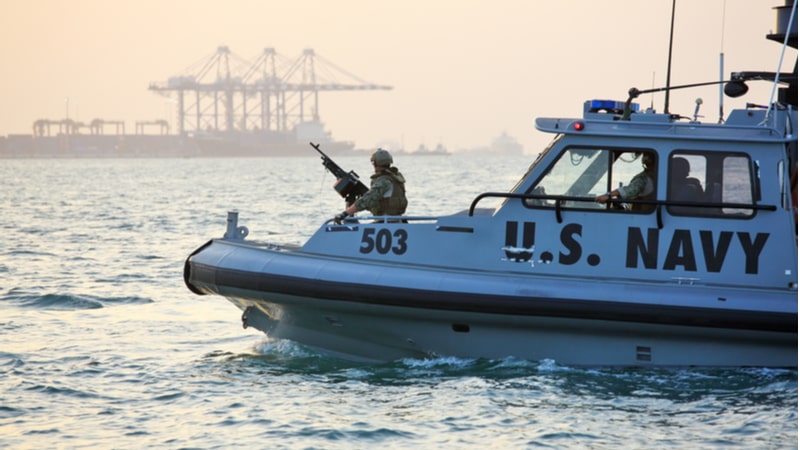
As the U.S. Navy is integrating disruptive and emerging technologies, Chief of Naval Operations Adm. Lisa Franchetti stressed today that “speed matters” in order to keep up with our nation’s global adversaries.
During the first day of the WEST 2024 conference in San Diego, Calif., co-sponsored by AFCEA International and the U.S. Naval Institute, Franchetti explained that “there’s no time to waste” when it comes to delivering these capabilities to the warfighter.
“Our adversaries are adapting new technology. They’re working to undermine our critical strengths to expose any weaknesses they can and are racing to develop their own warfighting advantage,” Franchetti said.
“In this rapidly changing security environment, America’s warfighting Navy, our sailors, alongside our Marines and Coast Guardsmen, must be the very best warfighters in the world,” she added. “And we must design, develop, and deliver to those warfighters the best systems, weapons, and platforms that will deter or defeat any adversary anytime, anywhere.”
To meet these global security demands, Franchetti said the Navy is looking to accelerate acquisition and drive innovation within its acquisition system to get the best systems and capabilities into the hands of warfighters.
Additionally, the service branch is looking to operate differently and innovate with its existing technologies and systems “to tackle the challenges we face today and tomorrow,” Franchetti said.
“The stakes are too high, and the time is too short to act otherwise. We must act with urgency,” she emphasized. “The Navy recognizes that speed matters, that the pace at which we procure, modernize, maintain, and sustain our platforms matters, as does the pace at which we rapidly integrate and adopt new technologies.”
One way the Navy is doing just that, she said, is by “using artificial intelligence, machine learning, and new technologies to maintain, repair, and deliver our platforms on contract and in the shipyards more quickly, cheaply, and effectively.”
For example, she said the Navy is leveraging new AI tools to help support conditions-based maintenance and free up sailors for more important tasks. It is also using robotics to assess the material condition of its fleet, as well as 3D printing aboard its ships to quickly build replacement parts.
Additionally, she said the Navy is bolstering its conventionally manned fleet “by exploring and integrating new, disruptive, and emerging technologies to include unmanned systems.” These unmanned systems have “an enormous potential to multiply our combat power by complementing our existing fleet,” Franchetti said.
On the procurement side of things, Franchetti said the Navy’s new Disruptive Capabilities Office is actively working to get new tech into the hands of warfighters.
While Franchetti couldn’t share specific details on the new office, she did say that it is making investments in disruptive systems that will “provide an unmatched advantage in any future fight.”
“To continue to be the Navy the nation needs, we’ve got to think, act, and operate differently,” Franchetti concluded. “We need to use data to assess and measure our progress. We must integrate disruptive and emerging technologies, and we must unleash the creative power of the American sailor and of American industry.”
